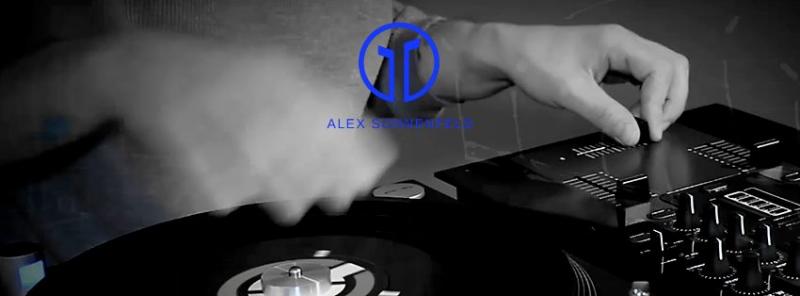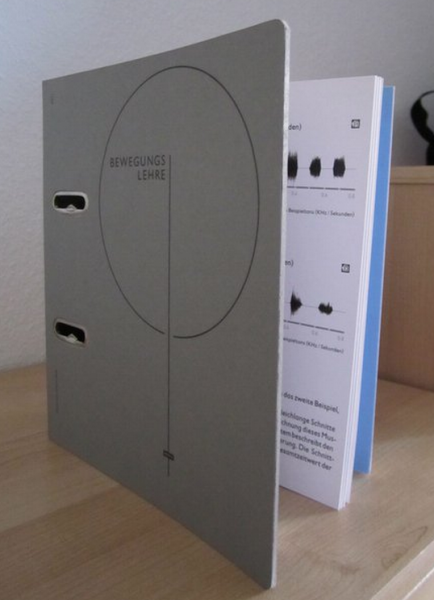The Alex Sonnenfeld Interview
Aside from his YouTube tutorials, QSU Guest Professor Alex Sonnenfeld is known for developing S-Notation - which he talks about in depth in this interview. We just uploaded a new tutorial in his series on "Real Instrument Skratching": check em out in the Guest Professors area!
He's a fascinating character who's very passionate about music and skratching, so without further ado we bring to you: The Alex Sonnenfeld Interview.
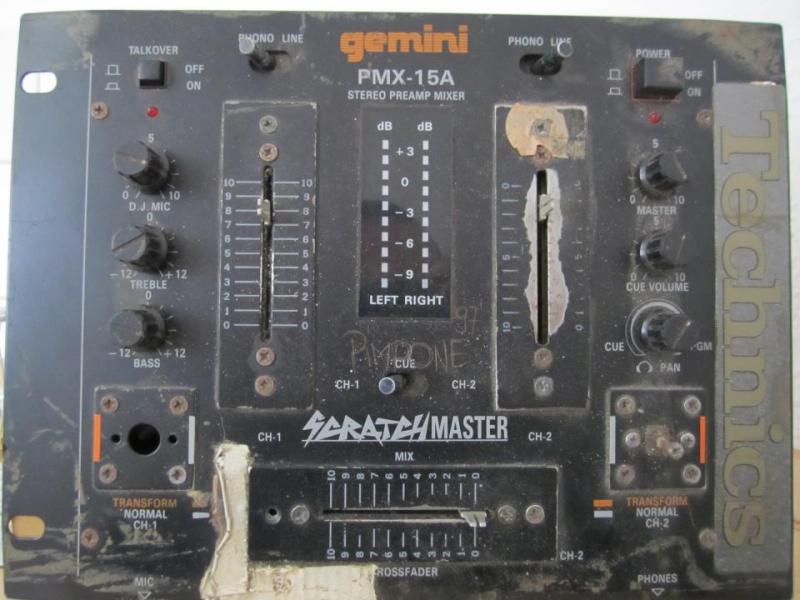
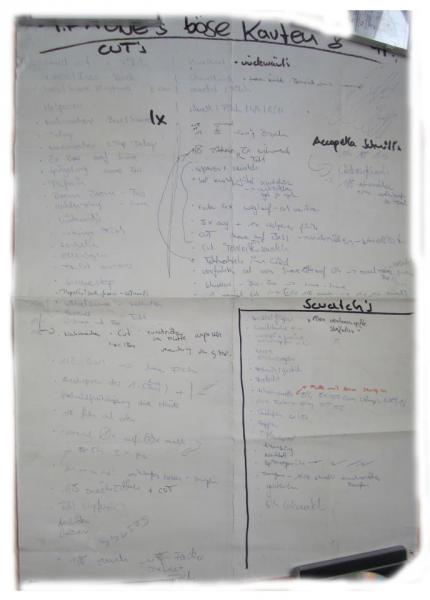
If the combination of a mixer and record player is considered to be a musical instrument in modern music, then it should be theoretically possible to define all courses of action in a similar and exact method as is possible with traditional equipment.
Additionally, should the immeasurable variety of all admitted (and still unknown) Scratch techniques be from the same functional connection and decoded from a single technical formula?
Of course it is theoretically possible, as in mathematics to form derivatives for new Scratch & Drumming & Beat Juggling techniques. Since the physical work of record players and mixers is basically the same, the correspondence of rhythmic movements and procedures on the record players and the sliding controls of the mixer are also the same. Therefore this instrumental process engineering must be subject to an order, in principle which is possible to understand, used or apply correctly!
QSU: How/when did you develop S-Notation? What is the current status?
Alex: I started to study music theory by reading many books and literature about music by myself. I have always tried to find an applied relevance to turntablism and researching music theory was always amazing for me.
I found out that the idea of modulate recorded sounds goes back to the developing of "musique concrete" by Pierre Schaeffer (1943). He was the first person who ever used recorded sound-material and presented it in a musical context. Also he played this stuff backwards and would cut the samples by different process technologies using a reel to reel tape recorder.
This was really interesting but to my surprise I found no definition of a so called "reverse motion" related to acoustic or in other terms in literature.
This was the starting point to tackle my adventure. I found personal enlightenmenton that day by writing a Musical Note in a mirrored fashion to define a so called Eton (the backward, or reverse motion).
From this point I became really obsessed and I continued my self-study for the next 13 years. I trained every day for 8-12 hours and investigated everything I could find about scratching & technics - and I'm a still hard working student!

After I had elaborated the basics of the S-Notation I wrote a letter to Professor Karlheinz Stockhausen, so I could get a critique of my work by a music scientist. Stockhausen is considered to be one of the most important music scientists of the 20th century for his work in electronic music, aleatory (chance) in serial composition and musical spatialization.
I told him about a new musical instrument through which you can play "everything". He was really curious and invited me in 2002 to Switzerland. I got a chance to present and explain the basics of the S-Notation and to discuss with him the acoustical possibilities of turntablism.
He was extraordinarily surprised by it and soon after, we became pen pals, which then progressed into him collaborating with me on my S-Notation project until his death in 2007. I am very proud to have had a chance to meet and work with him. He motivated me in early on, and our contact helped me to overcome some difficult years while I was working on S-Notation.

QSU: Besides that it's written in standard music language, how does S-Notation differ from TTM notation?
Alex: First off all I must say the TTM is a really great graphical solution to describe scratch patterns in its outlines - its quite easy and clear for those who don`t want to spend to much time one music theory. But in my modest opinion the S-Notation could help in describing every motion on the record or cross/linefader in more detail and is based on the rules and design of the standard music language.
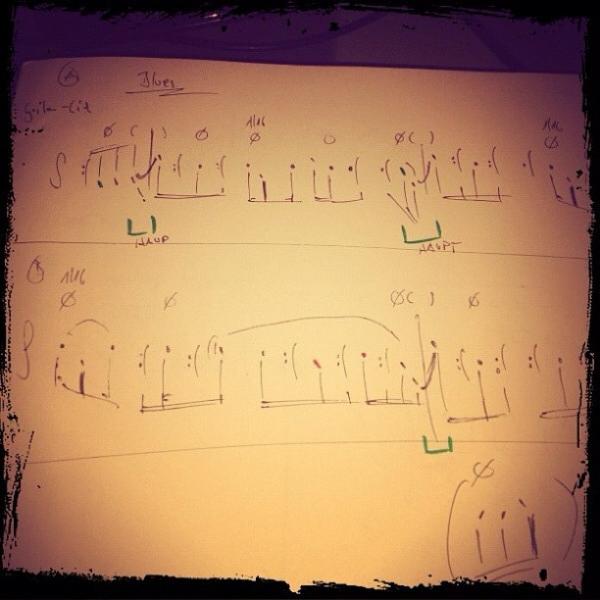
This should make it possible to communicate really easy with other musicians, no matter what kind of instrument they play.
You can apply a relevance to musical parameters such as harmonic function, time signature, note relationships, articulation, dynamics, structure, form, texture...
Another really important fact is the readability. Reading a score and knowing what to play demanded a kind of grammatical arrangement of the notational system - this is very important in standard music language (also in common orthography and linguistics), and is the basic prerequisite for understanding and repeating the content.
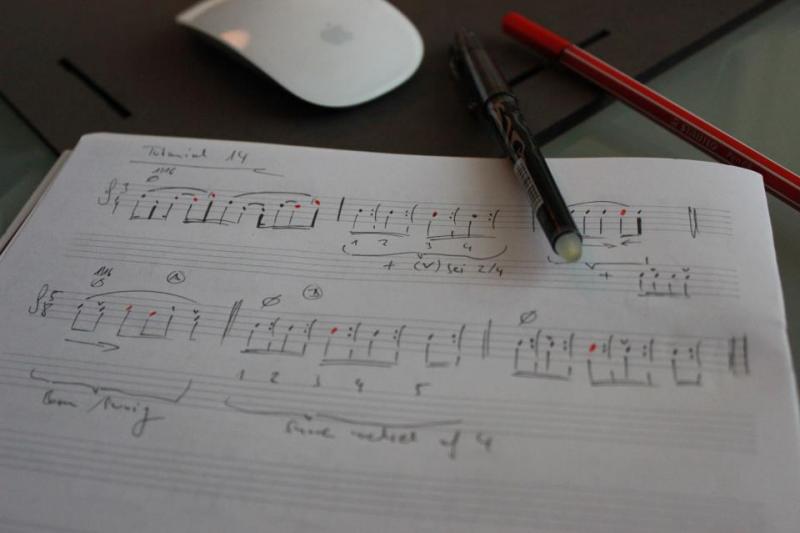
But beside of all these facts it is always the personal decision of everyone what he/she prefers. The TTM is really great but for me the S-notation became over time the only way to repeat and understand my musical work.

Alex: I wanted to present my work and share my skills because I was never a battle DJ - I remainded a "dungeon sxratch nerd" like many other guys on YouTube ;-)
QSU: What are you teaching in your "Real Instrument Skratching" series on QSU?
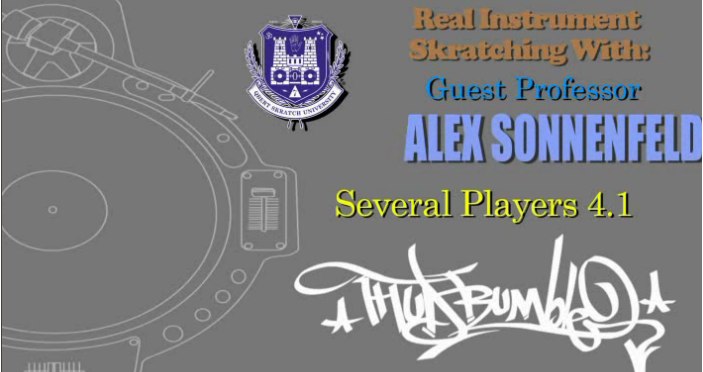
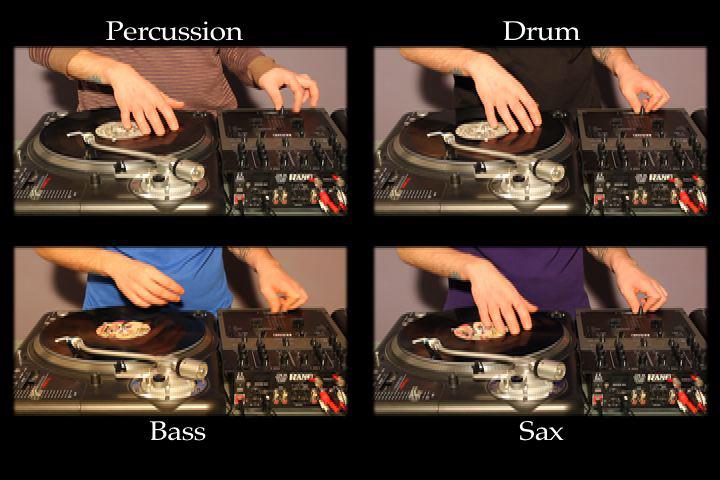

It is crucial to remember that drumming is basically nothing more than scratching and you can transfer all this aquired knowledge into your common scratching. For demonstration purposes I will compose some of the patterns on my drum computer and play it back to show the maximum possibilies of acoustical results.
At the Skratch Technics series I'd like to present new scratch patterns and variations of popular sequences by using "fresh" and "aaah". It's quite easy for everyone to develop own technics by simple music theoretical modulations.
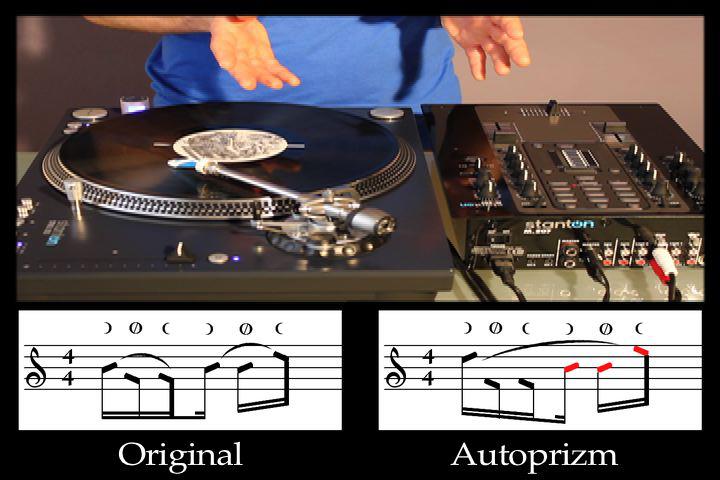
A really nice feature of the QSU is the providing of the respective sounds for download that I have used. So the students have the possibility to upload this on her DVS System (Traktor/Serato) In addition I prepare some training material (for example hihat arrangements, pure basslines) for you guys. It would be great when I animate the students for self training and developing her own variations of my songs.
Also we release in the future a series named "Music Theory"- in which I explain the basics of the S-Notation. It's quite cool because you can play in the future the pattern of my tutorials only by reading and without hearing my voice...
QSU: What's Your favorite sounds to skratch? Do you like to cut up Ahhh or Freshhh?
The possibility of DVS give me the chance to use every tone I like,.... it`s such a great feeling of liberty to take some old tunes and create something new. Check ADA`s mixtape "Next Cycle" for some inspiration!
"Fresh" and "Aaa" are still my fav's for training.
QSU: What differs Real instrument Skratching from traditional skratching?
Alex: Beside the fact that I use for scratching sounds from traditional instruments (hence why we refer to them as "real instrument"), the playing style is more simple. On the one hand I play many patterns in a release mode to obtain always a constant pitch of the sound-material - and it's important to repeat the sequences. It`s kinda like " tone-playing ", in opposite to traditional scratching which is in my opinion comparable to jazz improvisation and based on technical skillz.
One important note: sounds like "Fresh" and "Aaaah" are also in the same context as "Real instruments" because they are acoustical products of our time and some of the trademarks of scratching. Basically every type of sound is real but the name "Real Instrument" is appropirate to denote the content.
QSU: Have you ever put together a battle routine? Do you also beat juggle/mix?
Alex: No, I was never a battle cat but I am working on some beat juggling routines for my tutorial series in the future. Watch out for the notation ... this is very helpful for this playing strategy.
QSU: Hamster or Regular?
Alex: I play in a regular mode!
QSU: What do you like to listen to? Musical influences, favorite albums, etc...
Alex: I listen to every kind of music - it depends on my feeling and what i want to eat (music is like food ;-). I like very much Rolling Stones, David Bowie, Einstürzende Neubauten, Aphex Twin, OGC, Outkast, Kool Keith, Company Flow... but also classical music like Arvo Part or Hans Zimmer and the inventions of composers such as Stockhausen, Schönberg, Lachenmann or Cage.
The musical idea is the most interessting fact for me - no matter what genre of music. Concerning scratch music my heros are still QBert, D-Styles, Rici Rucker, Toadstyle, Shortkut, Birdy Nam Nam and Kid Koala of course.
QSU: What else are you working on?
I'm planning a turntablism showcase in the next year for electronic music ... so keep your fingers crossed. And I am starting to work on an education book about turntablism in combination wit S-notation for beginners. A short explanation of the S-Notation is at the moment in translation process (French, Spanish, Polish, English, German) and maybe there will be people from other countries interested in the content as well.
Please visit the S Notation Facebook Group for more info, or in case of any questions! Also, I have a some S-Notation shirts available for anyone interested, you can purchase them online here.
Everything is in still process.....and I'm also still student of this future instrument!
QSU: Thanks for taking the time Alex, keep us posted!








